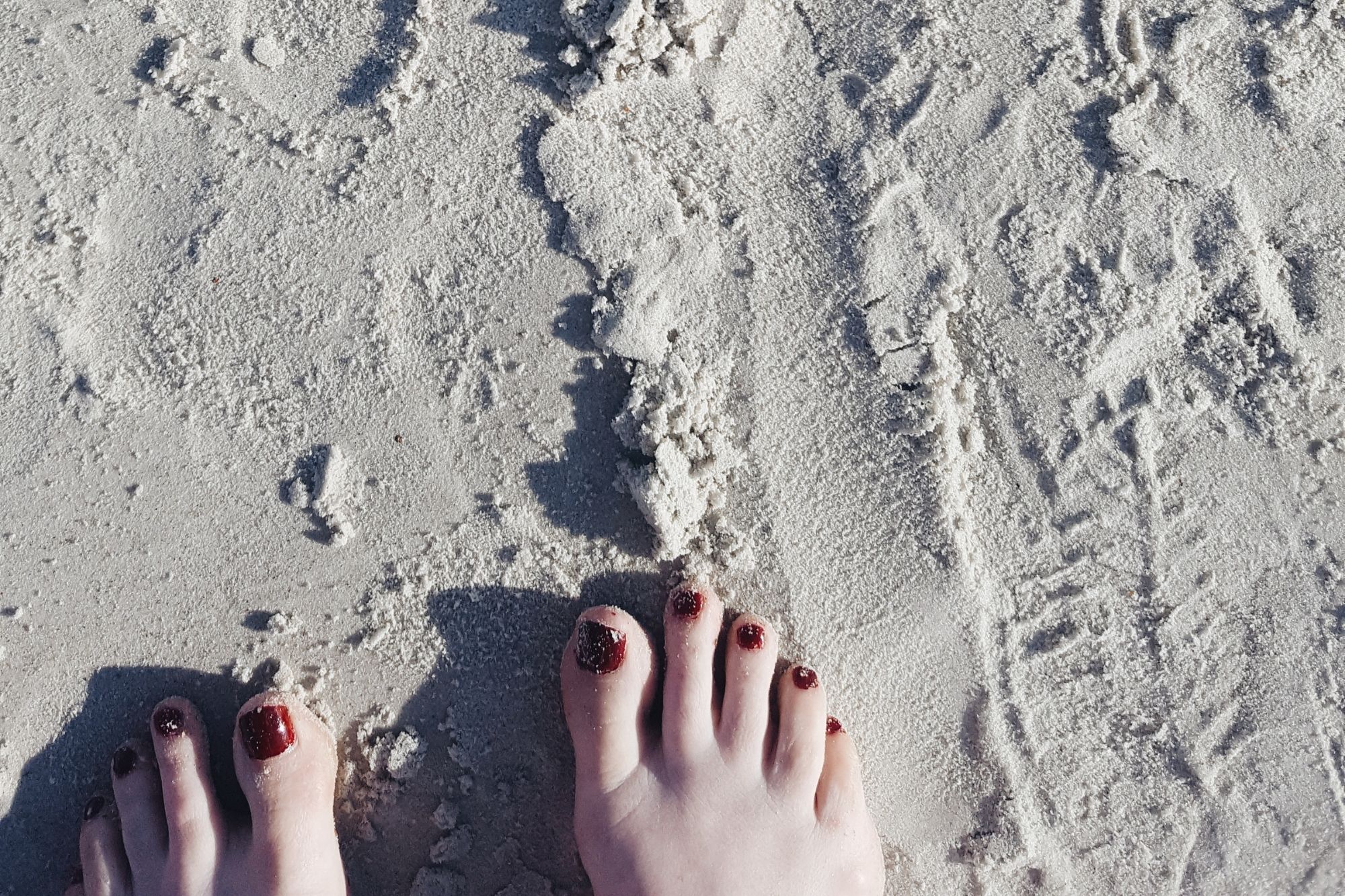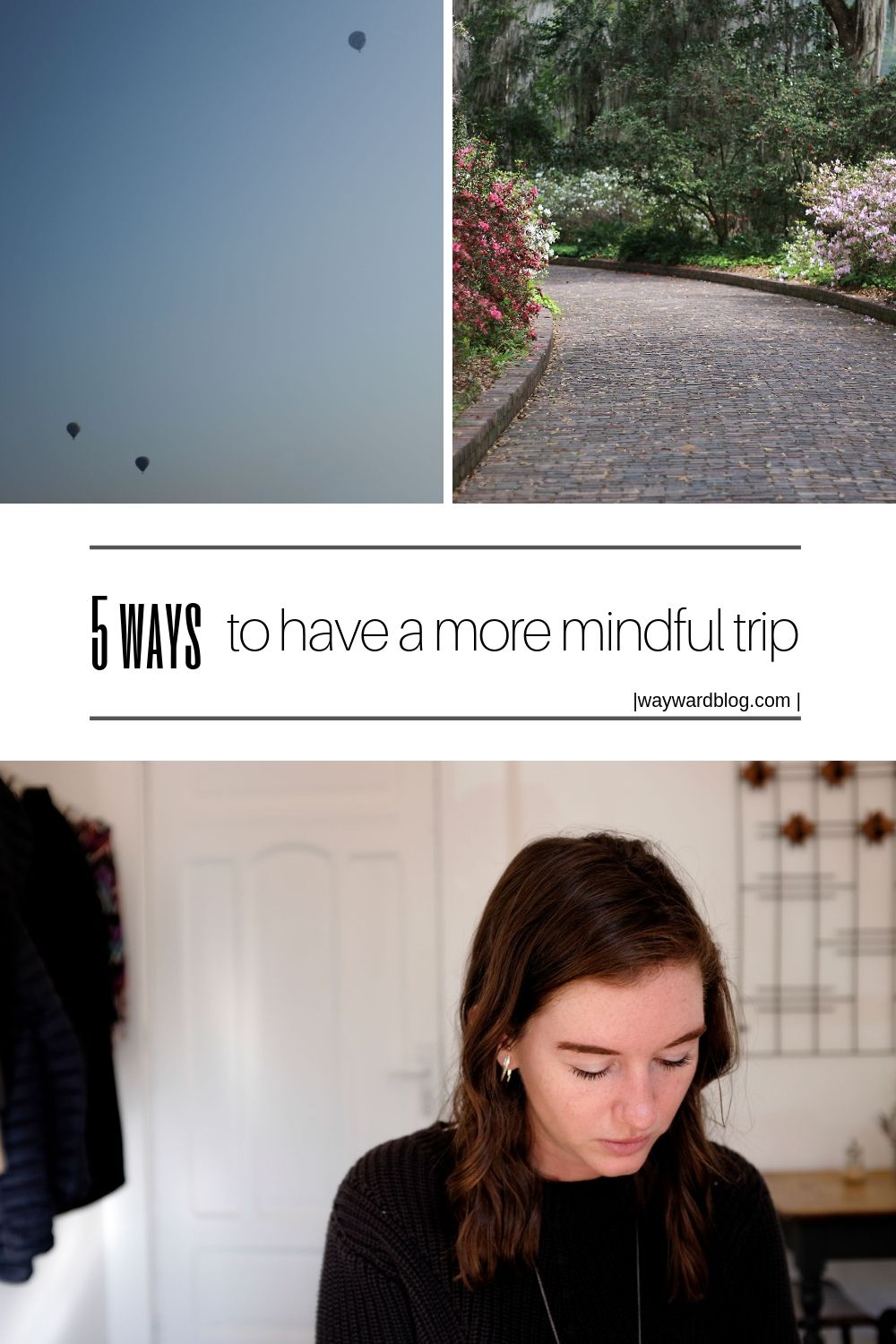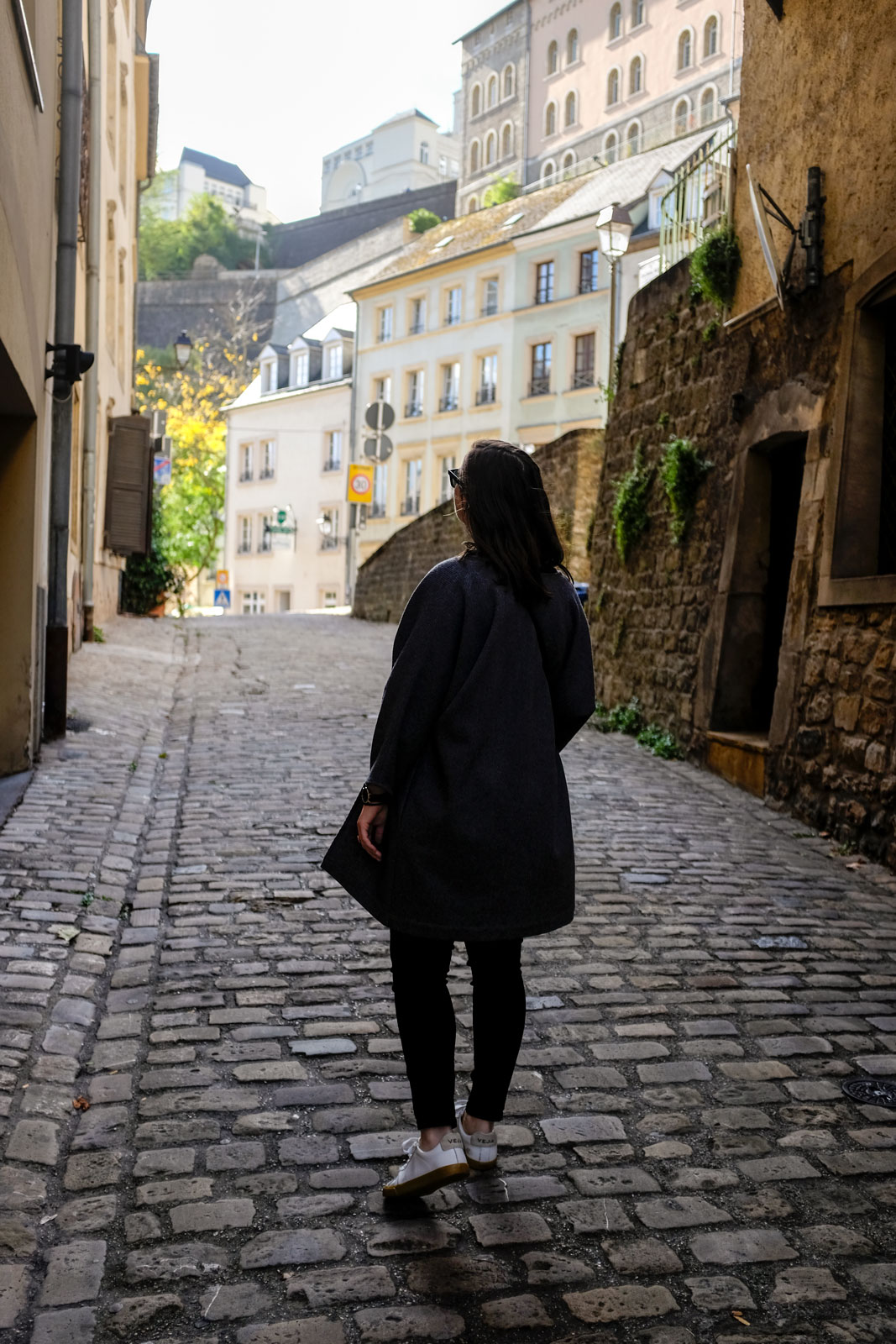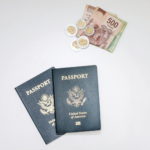Have you ever been asked to recount your trip experiences and found yourself unable to respond? You know you had a great weekend away, but your mind somehow goes blank when it’s time to share. For a moment it feels almost as if your getaway never happened. Why do we do this?
Travel is simultaneously exhausting and stimulating. In a new environment, many things compete for our attention and it’s easy to just “check out” for a bit. To cope with the mental taxation, we zone out, grab our phones and mindlessly scroll, or focus on the next item on our agenda rather than what we’re doing in the current moment. To help cement those travel memories in our minds – you know, those deep, sensory memories where you can remember the way the sun feels on your skin and the smell of the air and the sounds nearby – we need to be fully present.
Many people who engage in mindfulness practice do so through meditation, which can be an incredibly useful tool for re-centering on the present moment. But we can also practice mindfulness in other ways, by employing travel-specific tools to help clear our weary minds. Even if you’ve never meditated before, the following are easy tips for bringing yourself back to the now, increasing the likelihood that you can remember things later:
1. Disable notifications and silence your ringer.
Our phones are probably the biggest cause of missed time on vacation, yet we rarely really notice how much their constant use impacts us. The most-mindful form of travel would be totally off the grid, but that’s not terribly practical. Although they’re a major time-suck, having a smartphone on a trip has numerous benefits. There are so many apps available to travelers, from maps to translation apps to fitness trackers – all available on our phones without any extra equipment. But there is good news for people wanting to remain in the moment: many of these apps have offline versions. Turning off data (or not purchasing an international travel plan) is a wonderful way to regain a sense of control over your phone. You might be surprised just how often you find yourself reaching for your device or trying to open an app that doesn’t work without a connection! Also helpful is to remove icons of tempting apps from your home screen or uninstall them entirely for the duration of your trip. And to help your phone stay in your pocket or bag even more, be sure to wear a watch. You’ll feel more in control and more aware of your surroundings within a few hours – and that intoxicating feeling is just the reason you’ve decided to get away.

2. Get grounded.
Okay, don’t be weird. I’m not advocating walking barefoot in any location where it would be inappropriate or unsafe, but removing your shoes and connecting with the earth can do wonders for re-centering your mind and body. We typically only remove our shoes at a waterfront but it’s worth finding other opportunities to do so. I bet you can close your eyes and imagine the feeling of your toes squinched in the sand or the chill of cold river water rushing around your ankles; the same strong, sensory memory can be created in a busy city park or a warm isolated desert. Take the time to notice the way the ground feels beneath your feet, the wind blowing against your skin, and the sun on your face. Listen to the sounds around you and take in the smells that pass your way, and fully engage with your environment to press a mental “record” button on a travel memory.
3. Be well-rested.
With limited time at a destination, it can be tempting to push through the night in the name of experiencing more. But the irony is that stealing time from our sleep actually steals time from our waking hours. When we’re tired, we find it tougher to focus and retain information. Just as we get “hangry,” our moods are also deeply impacted by lack of sleep. And perhaps the one thing that might be worse than not creating travel memories is creating bad ones. I know it can be challenging to get a good night’s sleep in a new location, especially if you’re in a new time zone, but do everything in your power to create a healthy sleep environment. Get to bed at a decent hour for your locale, use a white-noise app to cover unusual sounds, and be sure to eat at a reasonable time so your digestion doesn’t affect your ability to fall asleep. Napping can sometimes have a negative impact on adjusting to a new timezone, but if you’re only planning to stay for a couple of days, I think it’s worth it.


4. Put away the camera – for now.
It seems counter-intuitive, doesn’t it? A visual aid seems like it would be a great reminder of a moment in time. But studies show that taking photos of something diminishes our memory of the experience. However, we don’t want to return home photo-less, do we? To be more engaged in our experiences we need to limit the amount of time we spend taking photos (and I highly recommend toting a real camera over a smartphone; not only will you likely end up with better quality photographs, you’ll be less tempted to check your device). If possible, take time to explore a destination without a camera in tow – and return to take the photos you want later. Or, explore a site for a little while, and snap photos at the end of your visit to that area. And if you simply don’t have the luxury of time, take turns trading photo duties with your travel partner(s).
5. Ask, “Is this where I want to be right now?”
I’ve saved the most important tip for last; with our ever-shortening attention spans, you might just read at least the first and last tips and skip the ones in the middle! So, here it is: maintain an internal dialogue with yourself as you travel. Check-in and see how you’re feeling, where you are, and what you’re doing. Ask yourself if what you’re currently doing is what you really want to be doing while you travel. Are you headed somewhere that someone recommended or to a “must-visit” site that you really don’t want to see? Feel free to skip it if you’d like. And although practicing mindfulness is about focusing on the present, I also like to ask myself if what I’m currently doing will align with what I would like to have done by the time I return home. If it’s not, then I try to find a way to restructure my day. Of course, if you’re traveling with others you should consider that your trip isn’t just about you (yes, even if it’s your birthday trip). Talk to your travel-mates and ask them the same question. You might not be able to please everyone the entire time, but the trip should feel balanced and everyone should be able to return home satisfied.
→ Pin this Post ←

Enjoyed this post? You may also like:
- Is Global Entry Worth It?
- 20 Questions You Should Ask a Potential Travel Partner Before You Leave Home
- How to Split Travel Costs When One Person Makes More Money
- 5 Easy Ways to Save Money This Week (for your next trip!)
- What Happens When You Cancel a Non-refundable Trip?
- Dinner Party Survival Kit: 20 Travel-Themed Conversation Starters
- 5 Easy Things You Can Do Today to Save for Your Next Trip
- How I Search for Flights
- 10 Tips for Overcoming Museum Fatigue
- How I’m Approaching Travel Differently in My Thirties
- I won a trip! (Now what?)
- Exclusive Discounts + Promo Codes
What are some techniques you use to stay present while traveling?



